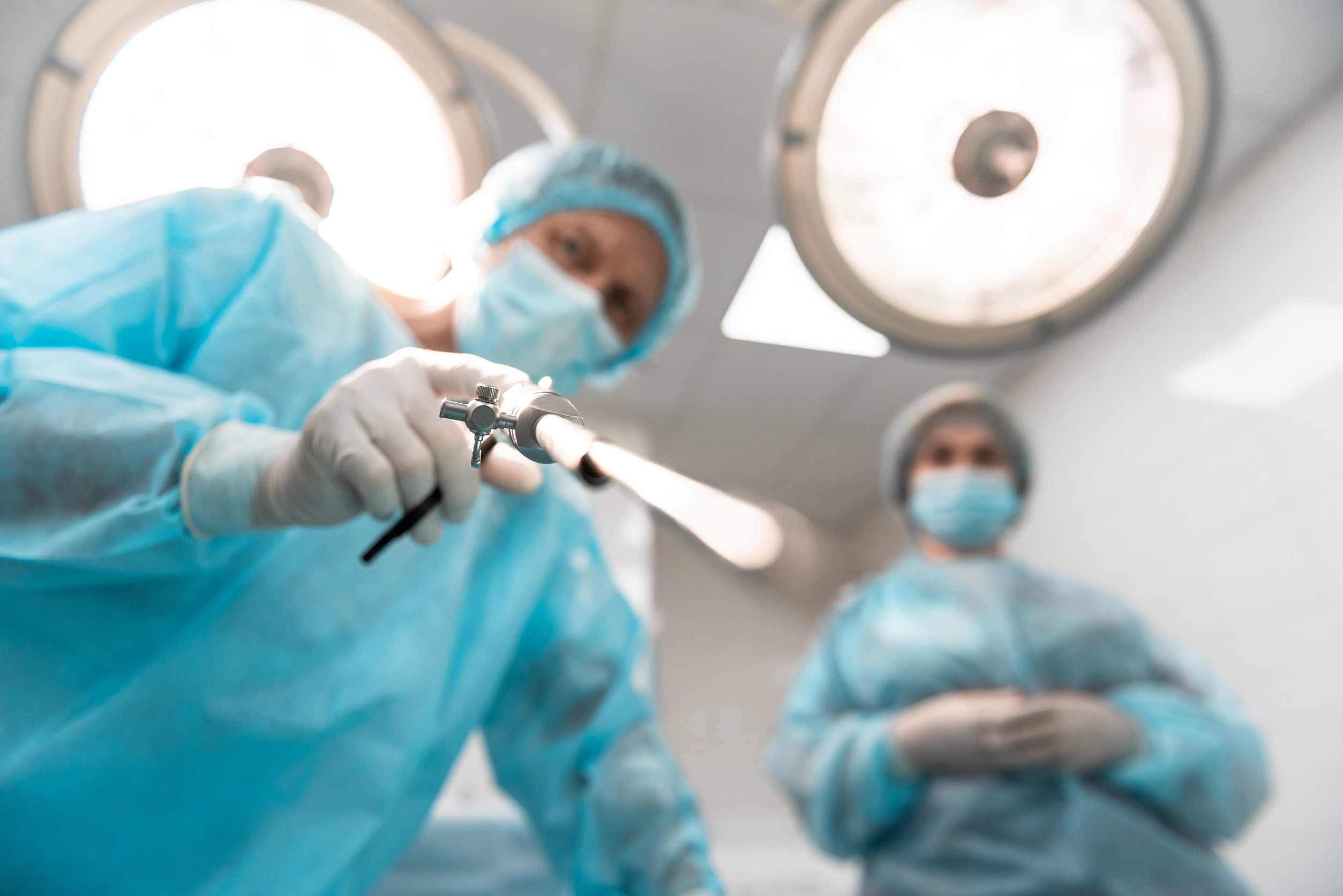
Surgery has always been at the forefront of medical innovation, but the speed at which new techniques and technologies are emerging today is astonishing. From robots that stitch wounds with more precision than human hands to organs grown in labs, the boundaries of what’s possible continue to expand.
These advancements promise better outcomes, faster recovery times, and fewer complications. Yet, many of these promising trends remain under close investigation as researchers push for proof that they’re safe, effective, and worth the investment.
1. Robotic-Assisted Surgery: Expanding Beyond the Operating Room
Robotic-assisted surgery has transformed the precision and control surgeons have during complex procedures. Hospitals are investing heavily in these systems, but researchers are still exploring whether they truly deliver better results than skilled hands alone. Questions remain about cost-effectiveness and the learning curve for surgeons. Some studies suggest patient recovery times improve, yet others see only marginal benefits. As technology evolves, its role in mainstream surgeries is far from settled.
2. 3D Printing for Custom Implants and Organs
The potential for 3D printing to create tailor-made implants and even entire organs could eliminate the need for donor lists. Bioprinting human tissues is an exciting field, but printing fully functional, vascularized organs is still experimental. Scientists are working to ensure these printed structures integrate seamlessly with the body. Early trials show promise for bone replacements and dental implants. However, wide adoption hinges on overcoming hurdles around biocompatibility and regulatory approval.
3. Minimally Invasive Techniques in Complex Surgeries
Surgeons continue to push the limits of what can be done through tiny incisions. Laparoscopic and endoscopic approaches have been around for years, but now they’re being adapted for increasingly complex procedures. Research is ongoing to confirm that less invasive doesn’t mean less effective when dealing with advanced cancers or intricate organ repairs. Patients benefit from shorter hospital stays and less scarring, yet surgical training must keep pace. Ongoing studies aim to balance innovation with long-term safety data.
4. Artificial Intelligence as a Surgical Assistant
Artificial intelligence is making its way into the operating room in surprising ways, from analyzing scans to guiding surgical instruments. Proponents believe AI can help reduce errors and assist surgeons with real-time decision-making. However, critics worry about overreliance and the risks of unexpected malfunctions during delicate operations. Studies are underway to test how AI handles unpredictable complications. The goal is to prove that machines can truly complement human expertise without compromising patient care.
5. Gene Therapy for Post-Surgical Recovery
Gene therapy is often associated with treating genetic disorders, but its potential role in surgery recovery is under the microscope. Researchers are investigating whether targeted gene treatments can help tissues heal faster and reduce scarring. This experimental approach could one day revolutionize wound care and organ transplant outcomes. Delivering genes safely and controlling their effects remain major challenges. If these obstacles are cleared, post-surgical complications could dramatically decline.
6. Nanotechnology for Precision Drug Delivery
Tiny nanoparticles could soon be delivering drugs directly to surgical sites, minimizing side effects and speeding up healing. Trials are underway to test how nanotech can release antibiotics or pain relief exactly where they’re needed. This approach promises fewer infections and better pain management. Researchers must ensure nanoparticles don’t cause unforeseen harm or accumulate in organs. The future of surgery could be more targeted and less taxing on the whole body if the science holds up.

7. Augmented Reality in the Operating Room
Augmented reality is finding its place beside scalpels and sutures, giving surgeons a digital layer of information during operations. With AR headsets, surgeons can see real-time imaging overlaid on the patient, enhancing accuracy. Trials are testing whether this truly improves outcomes in complex surgeries like spine and brain procedures. Early feedback is promising but mixed, as too much data can sometimes distract rather than help. More clinical trials will determine if AR becomes standard practice or just another high-tech gadget.
8. Remote Surgery Using 5G Technology
Surgeons controlling robotic instruments from miles away might sound like science fiction, but remote surgery is inching closer to reality. Advances in 5G networks are addressing the biggest hurdle: lag time that can jeopardize patient safety. Early experiments have shown that remote procedures are possible under controlled conditions. Researchers are investigating whether this can be reliably scaled to emergency surgeries and rural hospitals. The promise of global access to expert surgeons depends on solving these challenges.
The Future of Surgery is a Work in Progress
Every one of these trends represents a bold step toward safer, faster, and more effective surgeries. Yet, excitement must be tempered by careful research and rigorous testing to ensure patient safety remains paramount. Hospitals and surgeons are watching these innovations closely, eager for breakthroughs that stand up to scrutiny. As these trends develop, they may reshape how surgery looks and feels for generations to come.
Now it’s your turn to share your own thoughts or comments on which surgical trend seems the most promising or concerning.
Read More
6 Questions You’re Allowed to Refuse at a Medical Checkup
8 Dangerous Side Effects That Were Hidden in Fine Print
The post 8 Trends in Surgery That Are Under Investigation appeared first on Everybody Loves Your Money.







